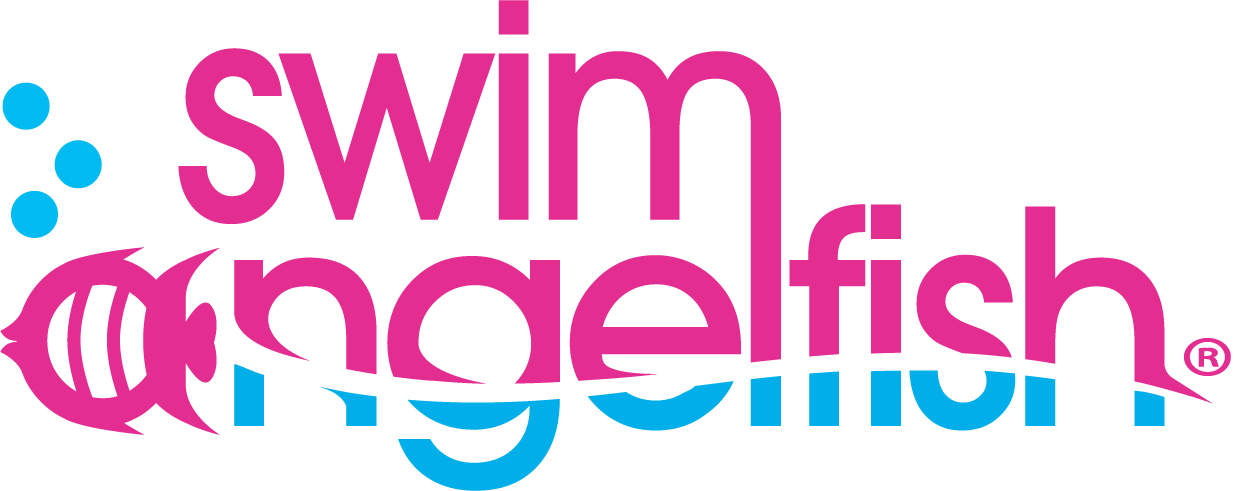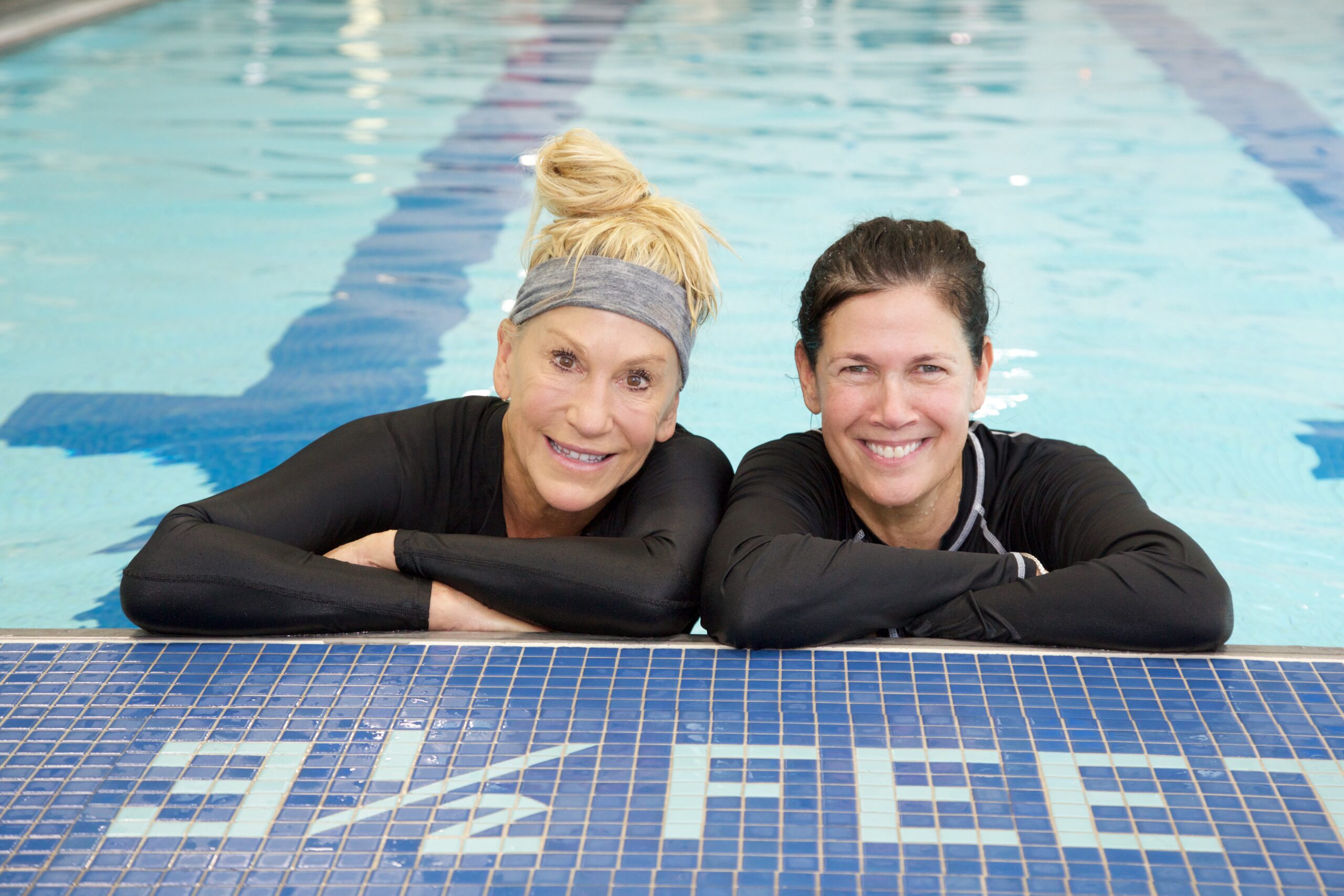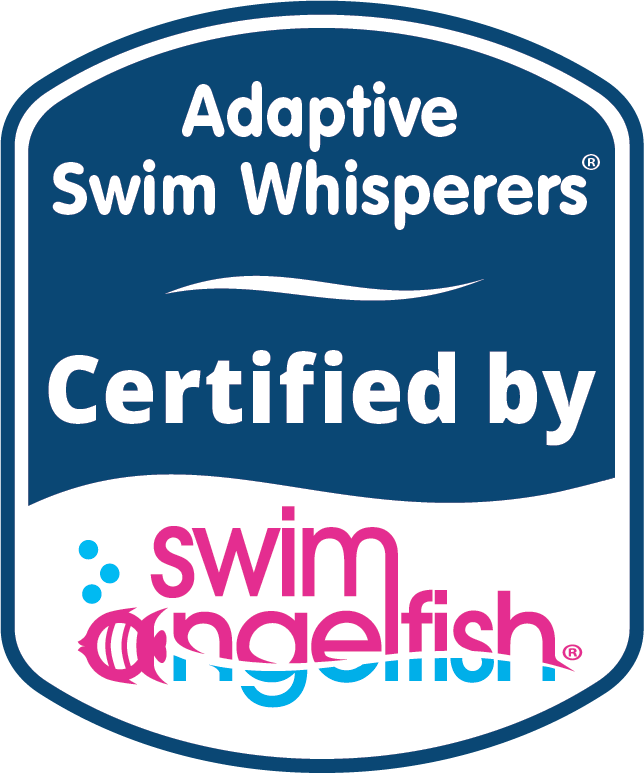Ready to do flips for these coaching tips? With the rise in ADHD, Anxiety, and Autism Spectrum disorder, coaches need more strategies to improve communication and performance during practice. Are you tired of being asked the same question for the tenth time? These tips are also for your typical swimmers with attention issues. Coaches can now provide inclusive opportunities to swimmers with more significant challenges by incorporating these simple strategies into practice.
The sensory input that the water provides helps to regulate all swimmers. The blanket of hydrostatic pressure encompassing your skin feels like a big hug and releases the neurochemical dopamine. Let’s dive into three formulas for success as we relate common swim drills to the science behind how the frequency, intensity, and order of activities, might improve your swimmer’s attention or, better yet, swim time.
These three strategies will have all of your swimmers awake, alert, and engaged in your practice with more time for complex drills and correct technique.
Think about how powerful our swim drills can be when adding these underlying principles to structure a swim team practice. We can set up all swimmers for success with these helpful tips.
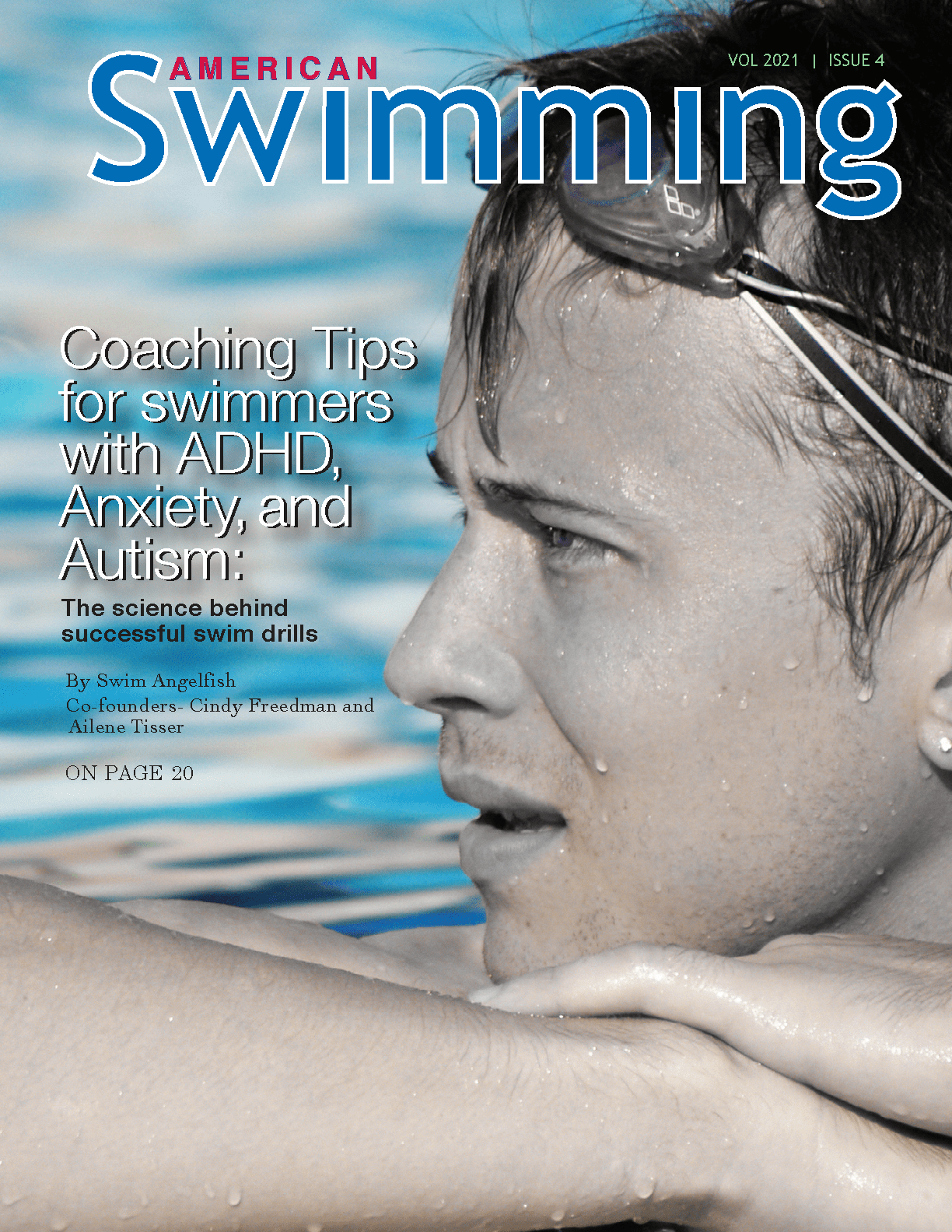
1. Flip Turns: When, Why, and How!
The Science behind a flip turn is that the inversion is a vestibular activity. This is a powerful way to release the neurochemical of Histamine. Did you know that this is a balancing chemical and can assist in regulating your swimmer? This can increase attention and decrease distraction. Try doing flip-turn drills at the beginning of practice. This can create the neurochemistry to provide your swimmers with the attention they need for the duration of the practice.
After you perform the flip turn and while you are waiting to go again, try to add another component. Have the swimmer hold their arms overhead in the streamline position with their eyes closed (in shallow end, of course), jump five times with their eyes closed, holding streamline arms, and staying in one place. Why does this work? Taking away the vision will improve awareness (proprioception) of where your body is in space.
2. Kickboard: Pushing it under for heavy work and rhythmic kicking
The Science behind pushing the kickboard under is that it creates proprioceptive input to the swimmer’s upper body. Pushing the board under helps to release the neurochemistry of Serotonin, making a swimmer’s body and brain feel good. Not only will this heavy work wake up your swimmer that is not paying attention, but it will also improve the attention of your distractible swimmer. Are you ready to add another component to this drill? While the kickboard is underwater and you are swimming a lap, work on rhythmic breathing to each side. Any swimmer that has a retained ATNR (asymmetric tonic neck reflex) which is most kids that have learning disabilities and ADHD, will have trouble with consistent kicking when they turn their head due to this reflex. By pushing down on the kick board and practicing the head turn, as they work on consistent kicking, they will start to work through the reflex and you will see big improvements in their freestyle stroke.
3. Starts: Use the block to organize your swimmers
The Science behind doing some starts is that it offers the swimmer an opportunity to break the surface tension of the water. Breaking the elastic band of the water provides input to our skin which is our largest organ. When we break the surface tension followed by holding streamline to kick, we have given the swimmer 5-15 seconds of underwater swimming. This underwater swimming releases dopamine which washes away adrenaline, and provides a significant opportunity for self-regulation of your swimmers. Ready to add another component to this drill? Do one-way sprints down to the shallow and pick either backstroke or freestyle so that the swimmer breaks the surface tension during the swim. Climb out and walk backwards down the deck back to the block. You can also have them hold streamline while they walk backwards if the swimmers can sustain that. Walking backward helps us fire up our cerebellum, which is responsible for helping us stop and start our bodies. This sometimes can also help our swimmers start and stop all the talking between sets, and control impulsivity.
These tips, along with the science behind WHY they will help you are powerful drills to add to your workouts. If you see these tips are working and are already thinking, “what more can you do as a coach” why not have another tip.
4. DO THE ABOVE DRILLS IN ORDER.
Open the first 15-20 minutes of your practice doing the above drills in order 1-3. Now introduce a new or more complex swim drill and let us know if your team was “on fire” to deliver their new skill. It is likely because you gave them the neurochemistry of Histamine, Serotonin, and Dopamine in that order by offering swim drills that created this all-natural cocktail for success!
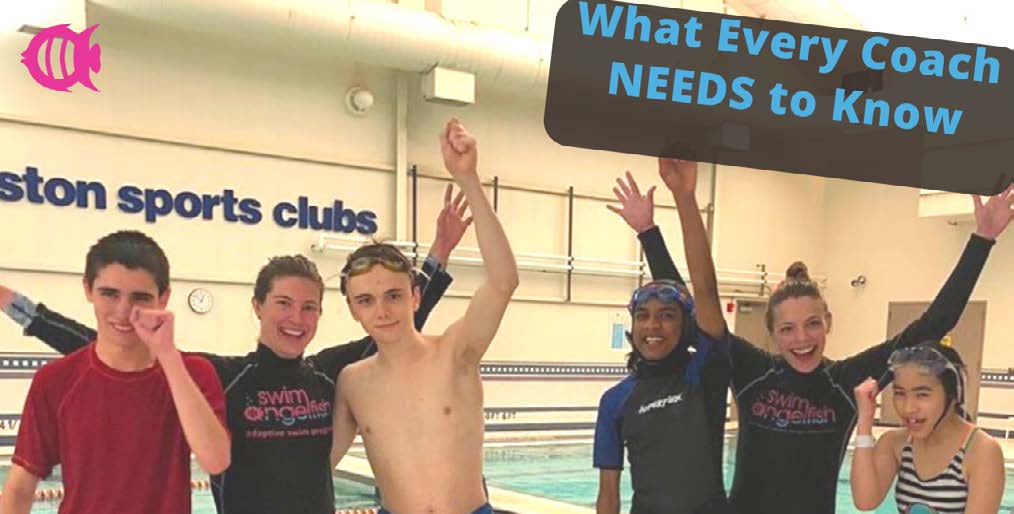
Is there a need at your aquatic center for more inclusive swim teams? As you grow and develop your programs visit www.swimangelfish.com for all of your diversity, inclusion, and training needs. With over 60 years of combined experience in adaptive swim, we offer online aquatic education for all of your programs. Check out our free resources, the blog section of our website, as well as our YouTube channel for more helpful strategies. We also have a comprehensive online Swim Whisperers Certification program with scholarships available to all swim instructors to provide you with the tools you need to strengthen your current swim curriculum.
Swim Angelfish creates educational resources for the world’s adaptive swim lessons needs and advocates for the necessity of having specifically trained instructors for this growing population in addition to providing Swim Therapy and Adaptive Swim Lessons in New England.
